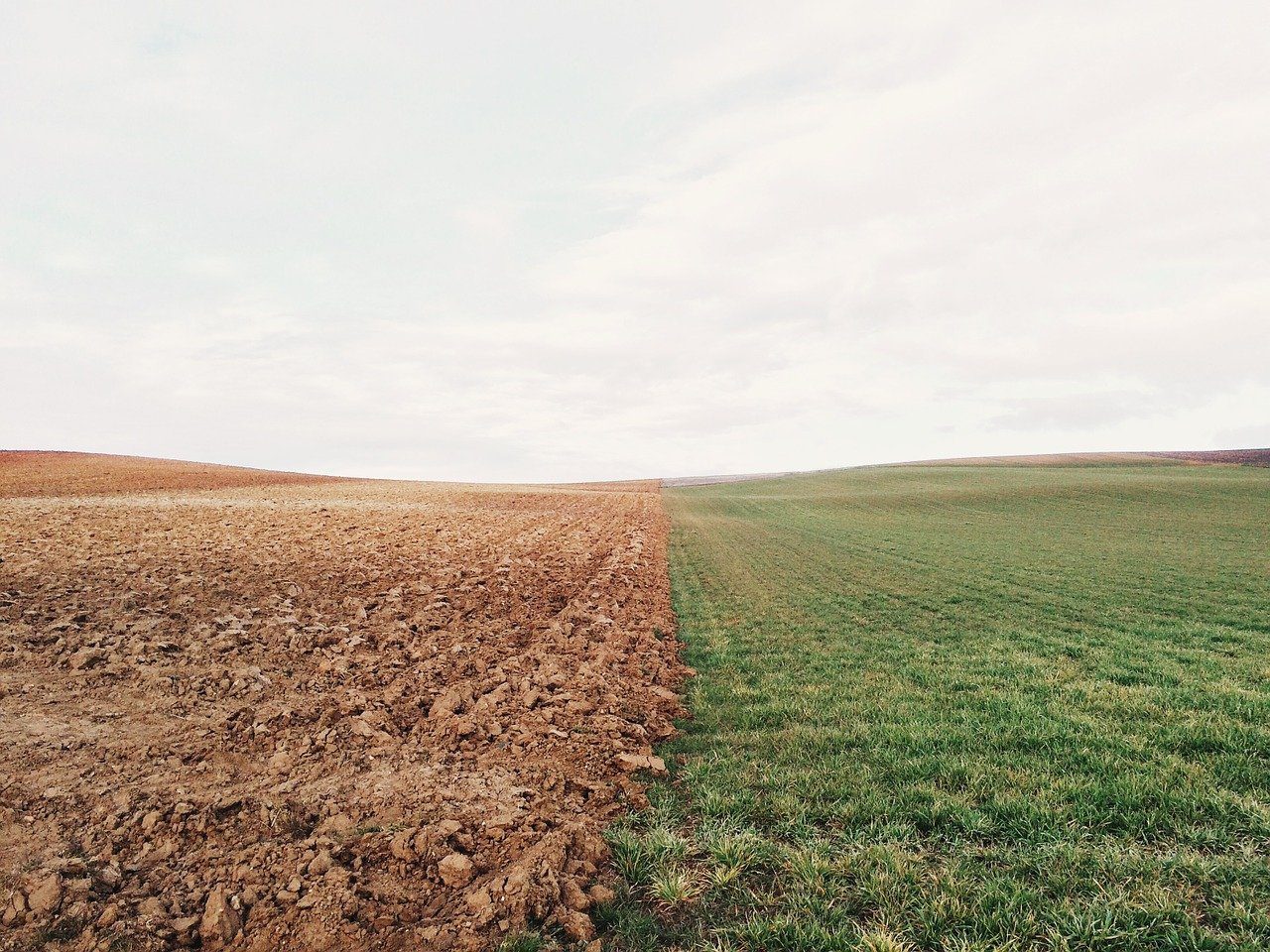Read a Q&A on understanding how to obtain and interpret data from soil moisture sensors.
Using soil moisture sensors is important to understand what’s going on with your soil and roots under the ground and to know when and how much to irrigate. However, soil moisture sensor (SMS) systems are not always simple systems. A Citrus Industry article shared a Q&A on obtaining and interpreting data from SMS. Explore the details below.
Q&A on Soil Moisture Sensors
The article maintained the piece offered “answers to some common questions about managing SMS systems, including how to view SMS data on a computer, what kind of electronics support data transfer from the field to the computer, and the best position for locating sensors in the field.”
The below is an excerpt from the Q&A:
Q: How do I tell if my SMS system can automatically transmit readings to my computer/cellphone?
A:”There are two types of SMS systems available: with and without telemetry.
Systems with telemetry allow the data to be transferred wirelessly using a cellphone connection. Soil moisture readings are collected and stored using dataloggers, then transmitted through radio or cellular modems enabled with antennas, solar panels, batteries and enclosures. Readings can be viewed on a computer or cellphone through the use of SMS company-owned software and cellphone apps.
Systems without telemetry only allow collecting and storing data with dataloggers or SMS readers. There is not a graphical visualization feature in these systems.
Q: What is the best way to install an SMS?
A: “This depends on the SMS selected. The installation process is straightforward for SMS probes if the users take the soil variability and root depth into account.”
Q: What is the minimum number of SMSs per site and how do I know if the readings are accurate?
A: “When deciding on the minimum number of SMSs to use per site, it is common to assume that one handheld SMS installed vertically is enough to capture the movement of water across the soil layers. However, it is recommended to have at least two SMSs; one at the depth of the major roots and the other below the roots. The first SMS will show the trends of water movement across the root system, and the second will show how much the water table rises or if there is overirrigation. There should be at least one SMS installed per soil layer if there is more than one layer across the main root depth.”
Griffin Fertilizer is committed to helping both growers and ranchers make sound agronomic and economic decisions in order to maximize the health of their grove and pasture. As a full-service custom dry & liquid fertilizer blender and crop protection product distributor, we will continue our mission to further advance Florida agriculture. For questions or concerns about your farm or pasture, contact us and one of our team will be in touch.

